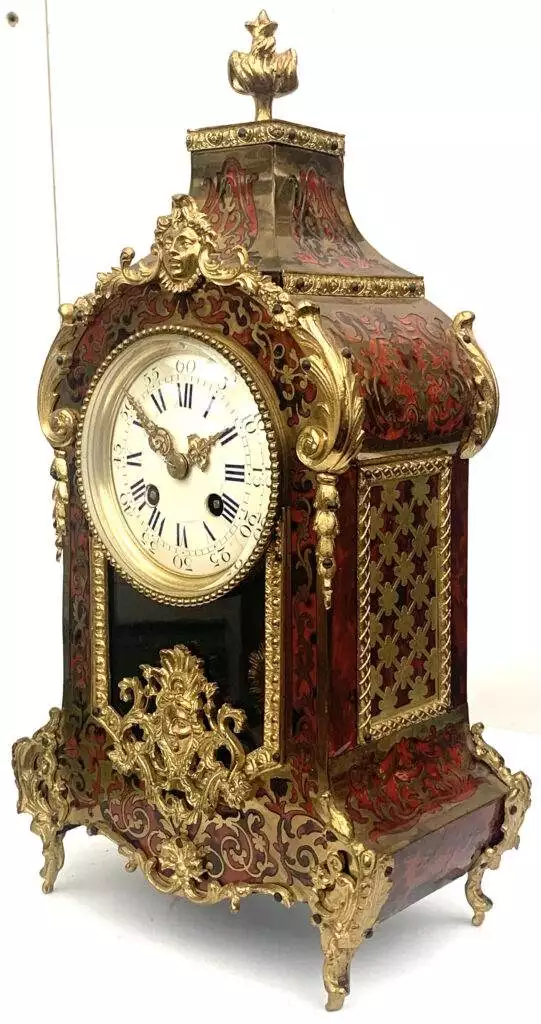Making a clock escapement
Making a clock escapement is a complex process that requires a lot of skill and precision. Here are some general steps that can be taken

Making a clock escapement is a complex process that requires a lot of skill and precision. Here are some general steps that can be taken
Antique clock restoration is a meticulous process that requires a great deal of patience and skill. The process involves disassembling the clock, cleaning each component,

Hi my name is James I have a long history of selling exceptional antique clocks and watches all over the world. I also offer a full clock & watch repair & restoration service.
Vintage Clocks © 2025. All rights reserved.